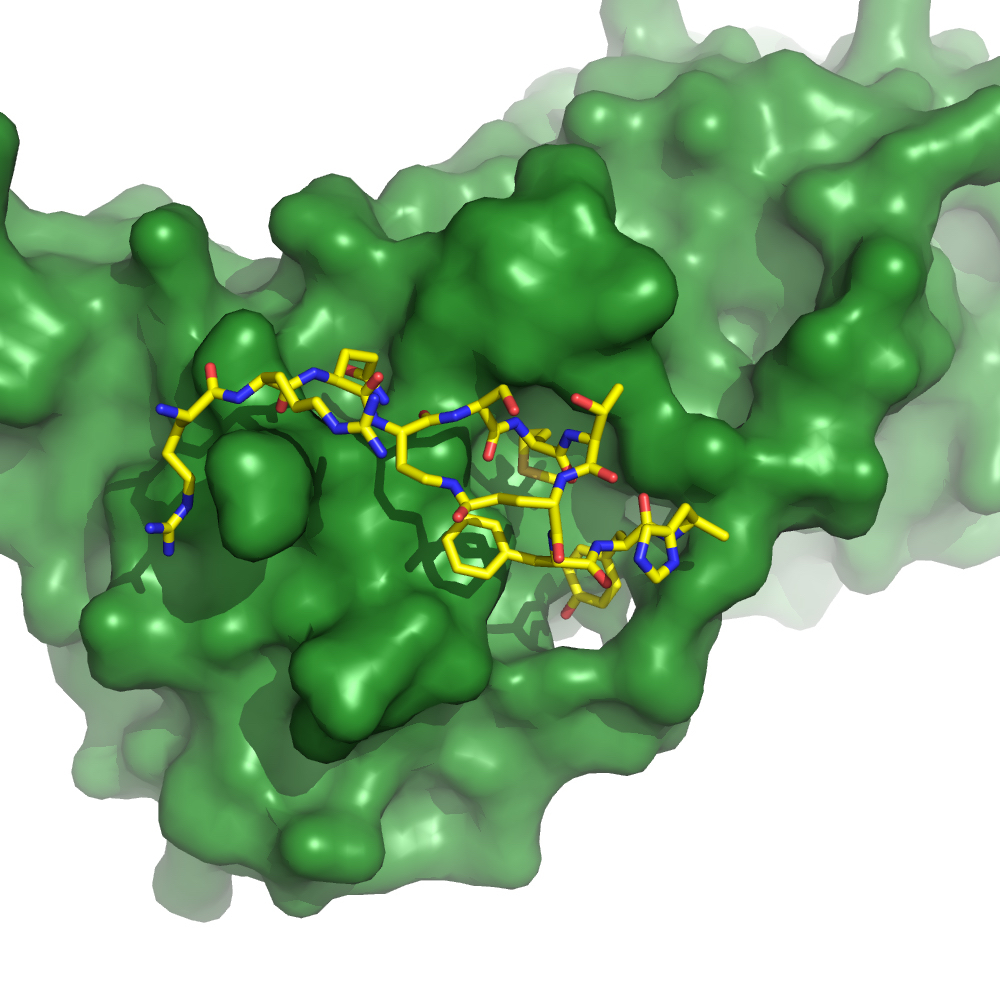Sensing new frontiers in customised cancer treatment
Research & Development
Australian researchers have succeeded in their first step toward targeted and traceable cancer treatments using customised molecules.

Sign up to receive notifications about new stories in this category.
Thank you for subscribing to story notifications.
The researchers from the University of Adelaide’s Institute for Photonics and Advanced Sensing (IPAS) and School of Biological Sciences worked together to design a new molecule that targets a protein linked to the growth of most cancers.
Project leader Dr John Bruning, Senior Research Fellow at IPAS, said the collaboration would ultimately lead to a targeted cancer treatment that could be traced using light to see how it moved through the body.
“Designing the molecule is the first step in a longer project,” said Dr Bruning about the IPAS endeavour.
The Institute for Photonics and Advanced Sensing was created in South Australia to bring together experimental physicists, chemists, material scientists, biologists, theoretical scientists and medical researchers to develop new sensing and measurement technologies.
Dr Bruning said the multi-disciplinary IPAS team had taken a natural molecule as a template and used smart chemistry to alter it to make it into a drug-like molecule that targeted the proliferating cell nuclear antigen (PCNA) – or human sliding clamp.

A graphical representation of the new molecule (yellow sticks) interacting with ‘the sliding clamp’ (green surface).
“PCNA is required for DNA replication and is therefore essential for rapidly dividing cancer cells,” said Dr Bruning.
“PCNA holds the machinery that copies DNA. The DNA slides through the centre of this donut-shaped protein where it is replicated.
“If we can inhibit the action of this protein, the cells can’t make DNA, so they can’t divide. This is really tackling cancer at ground zero. It’s stopping cell division and therefore tackling cancer at its most fundamental level.”
Dr Bruning said the discovery could be used against many different forms of cancer because PCNA is ‘overexpressed’ in 90 per cent of all cancers.
“This is a first. It’s the first in this type of inhibitor and it will pave the way for a new class of drugs inhibiting the proliferation of cancerous cells,” he said.
Dr Bruning, who has been working on the sliding clamp solution for more than a decade, said that while trials and patents were being pursued he was working on making the molecule traceable so researchers and, ultimately, doctors could track its progression in the human body.
“I am working on using atoms and light to see the molecule within the body to actually see if it’s getting to the tumours,” he said.
The research, in collaboration with the University of Wollongong, has been published in Chemistry, A European Journal.
Jump to next article




